Hōkiji Temple is located just a 10-minute walk east from Hōrin-ji Temple.
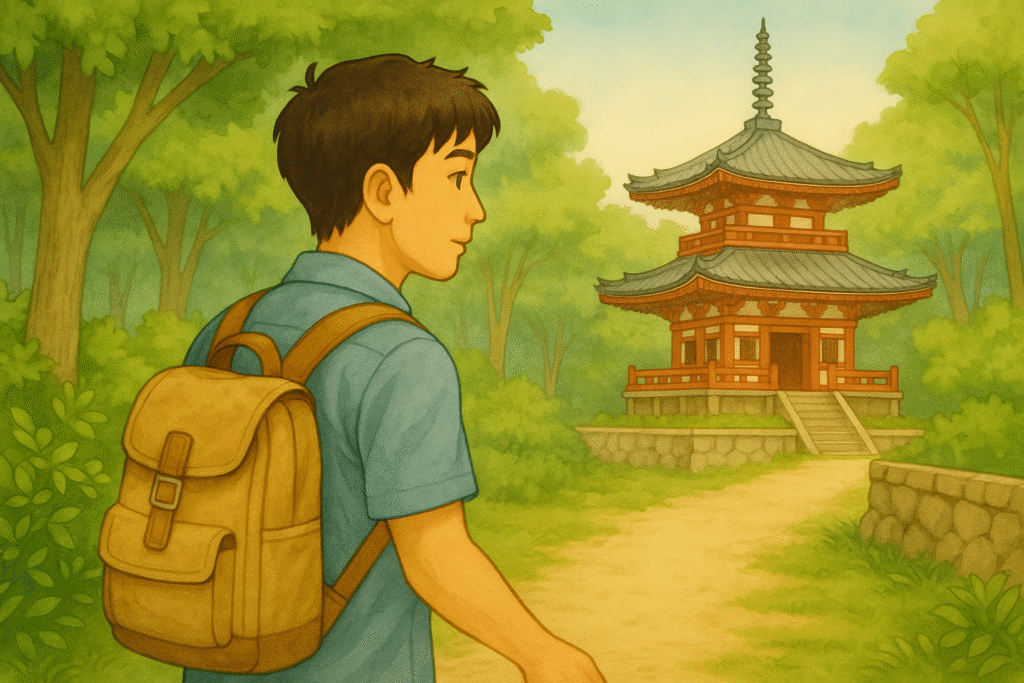
Due to their similar names and close proximity, it’s natural to make comparisons between the two. Hōkiji is registered as a World Heritage site, and its three-story pagoda is designated as a National Treasure. In this regard, Hōkiji certainly has the upper hand, especially considering that Hōrin-ji’s three-story pagoda was declassified as a National Treasure. However, when it comes to the statues, while the Eleven-faced Kannon statue (Important Cultural Property) at Hōkiji is impressive, its highlights are somewhat limited to that.
On the other hand, Hōrin-ji stands out for its impressive collection of Buddhist statues, which spans a variety of periods, including the Asuka and Heian periods.
Both temples have their strengths and weaknesses, so I believe it’s best to visit both if you have the chance.
About Hōki-ji Temple
Hōkiji Temple is believed to have been transformed from the Okamoto Palace, where Prince Shōtoku is said to have lectured on the Lotus Sutra in 606. Along with Hōryu-ji, Shitennō-ji, and Chūgū-ji, it is counted as one of the seven temples established by Prince Shotoku.
Regarding its founding, it is said that Prince Shōtoku instructed his eldest son, Prince Yamashiro-no-ōe, to convert the palace (Okamoto Palace) into a temple, as part of his will.
Thus, this temple, too, has deep ties to Prince Shotoku.
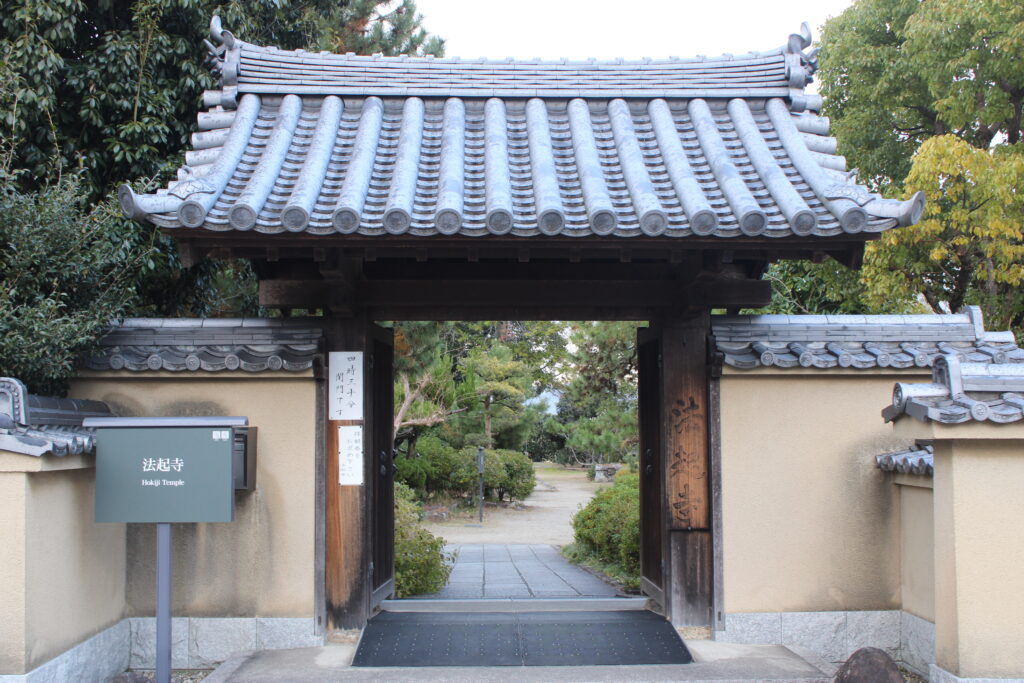
Exploring the Temple Grounds
Upon entering the temple grounds, the first thing that catches your eye is the three-story pagoda.
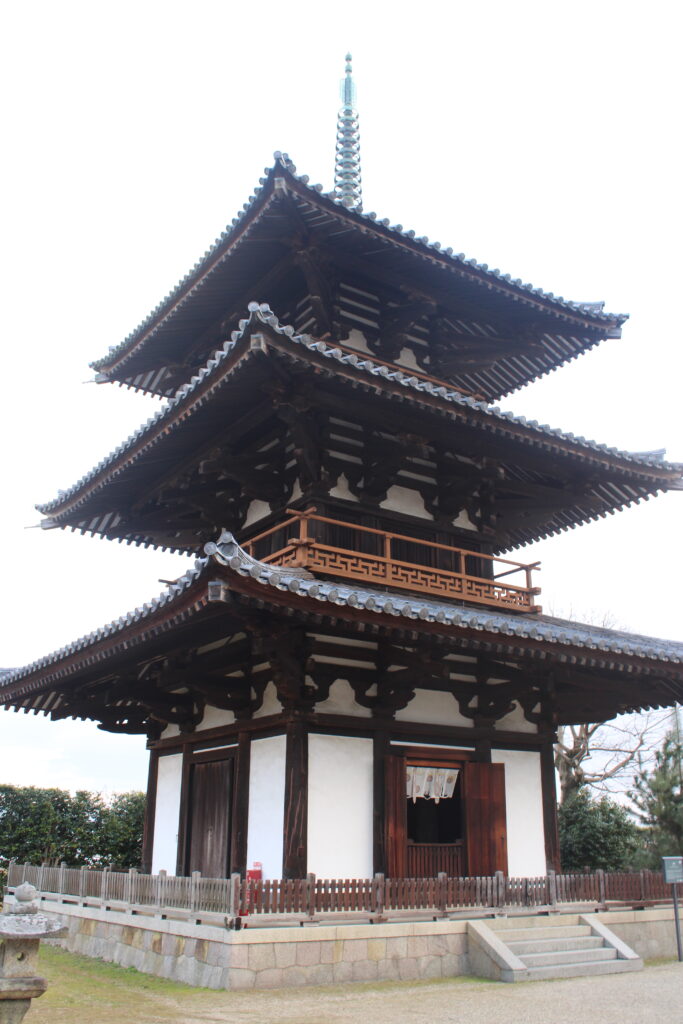
Hōkiji Temple was founded in 706 and is home to the oldest surviving three-story pagoda in Japan. Since its construction, the pagoda has undergone several major repairs, so the exact original design is not entirely clear. However, compared to the completely destroyed pagoda of Hōrin-ji, which was declassified as a National Treasure, it’s safe to say there is a vast difference between a major repair and total destruction.
Looking around the temple grounds, you can also find the lecture hall (Kōdō) and the Seidentō (Hall of the Sacred Heaven), both built during the Edo period.
The current Lecture Hall was rebuilt in 1694 by the monk Shōsei Ennin of Hōkiji Temple. Meanwhile, the Shōtendō is a hall that enshrines the statue of Kangi-ten, a deity of joy. It is believed that when Hōkiji was first established, there was a main hall (Kondō) in this location, but the exact time when the Seidentō was built is unknown. The current structure was rebuilt in 1863 by the monk Jyunkō.
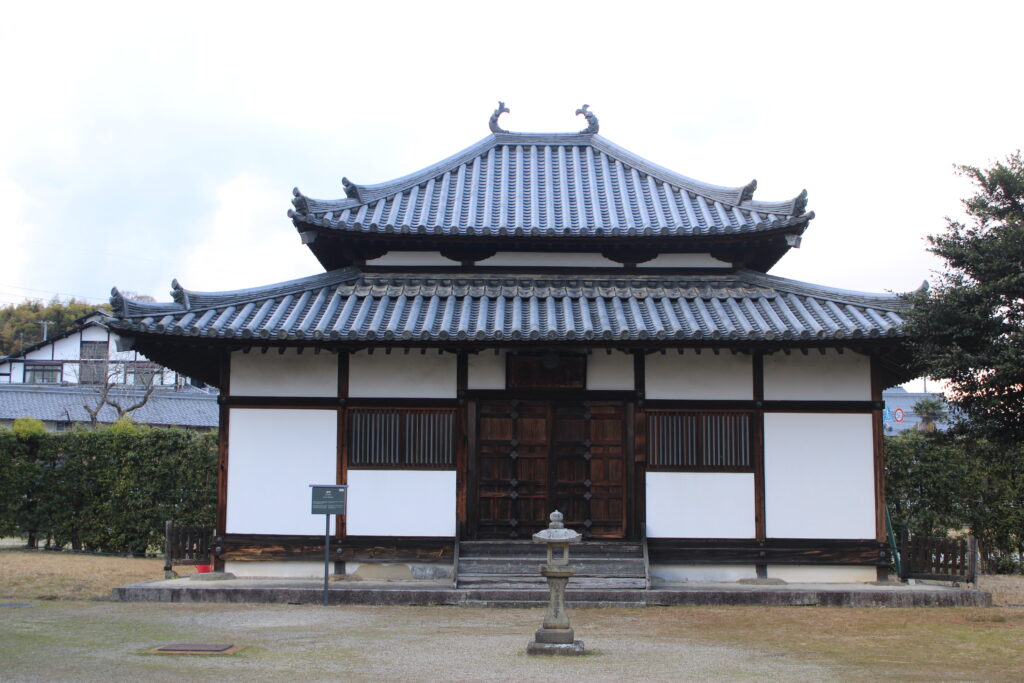
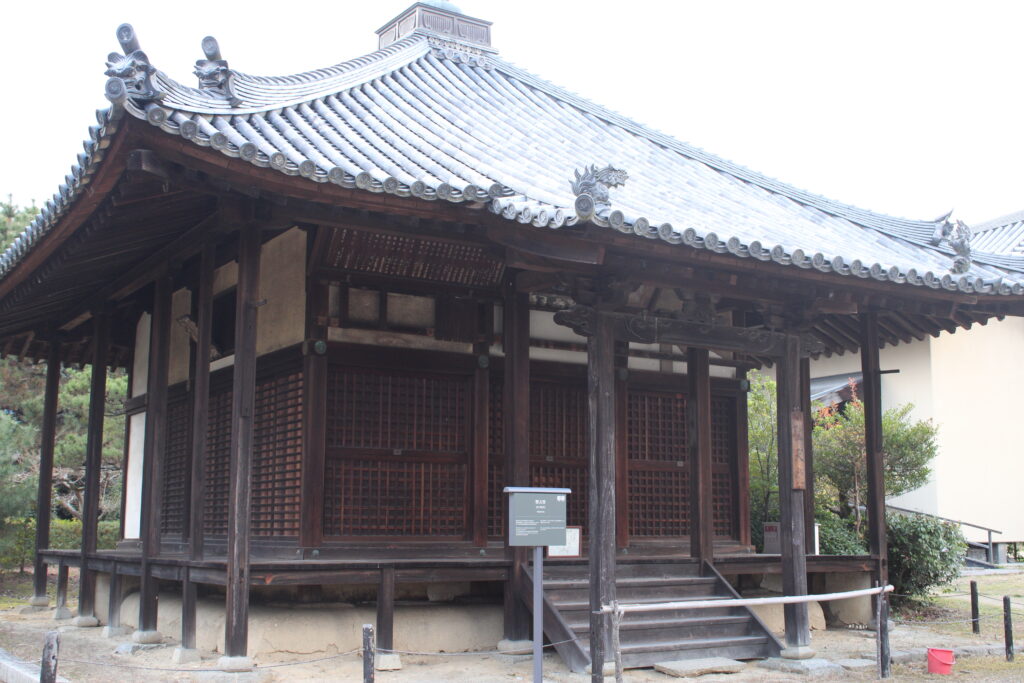
Further into the temple grounds, you will find the wooden standing statue of Eleven-faced Kannon (Heian period, Important Cultural Property), which is enshrined in a storage hall.
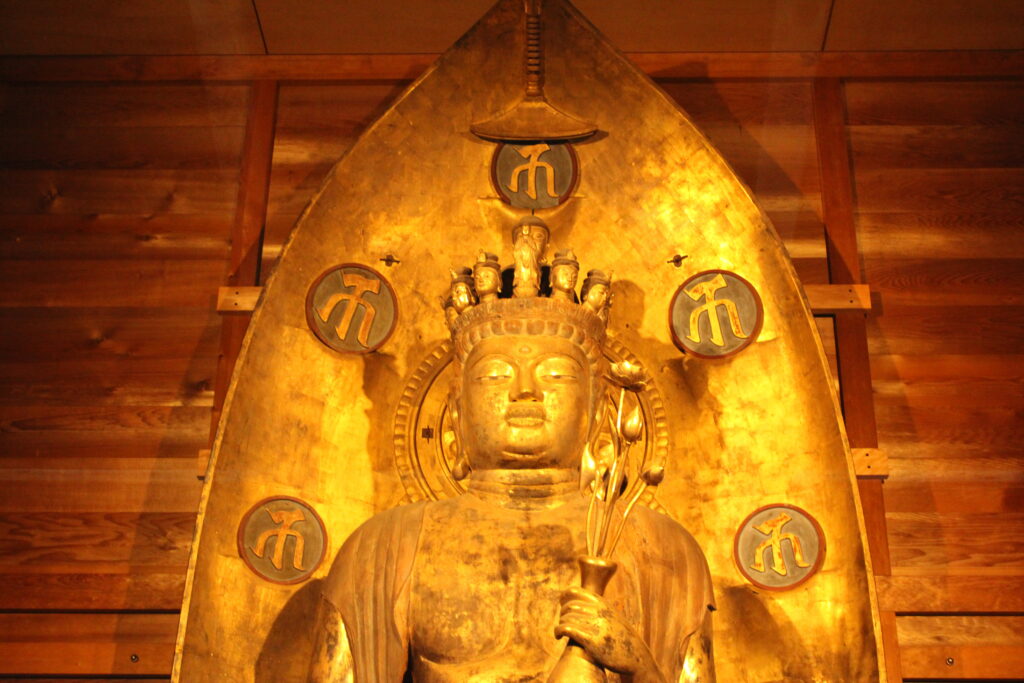
Because it is behind glass, it’s hard to tell how much can be conveyed through a photo, but the statue radiates an incredible presence. You can truly feel the spirit of the sculptor embedded in it.
The statue’s main body was carved from a single piece of cedar wood. This method of creating sculptures from a single block of wood was commonly used during the Heian period.
Since it’s such a remarkable sight, I’ve also included a photo taken from a bit farther away to capture its full grandeur.
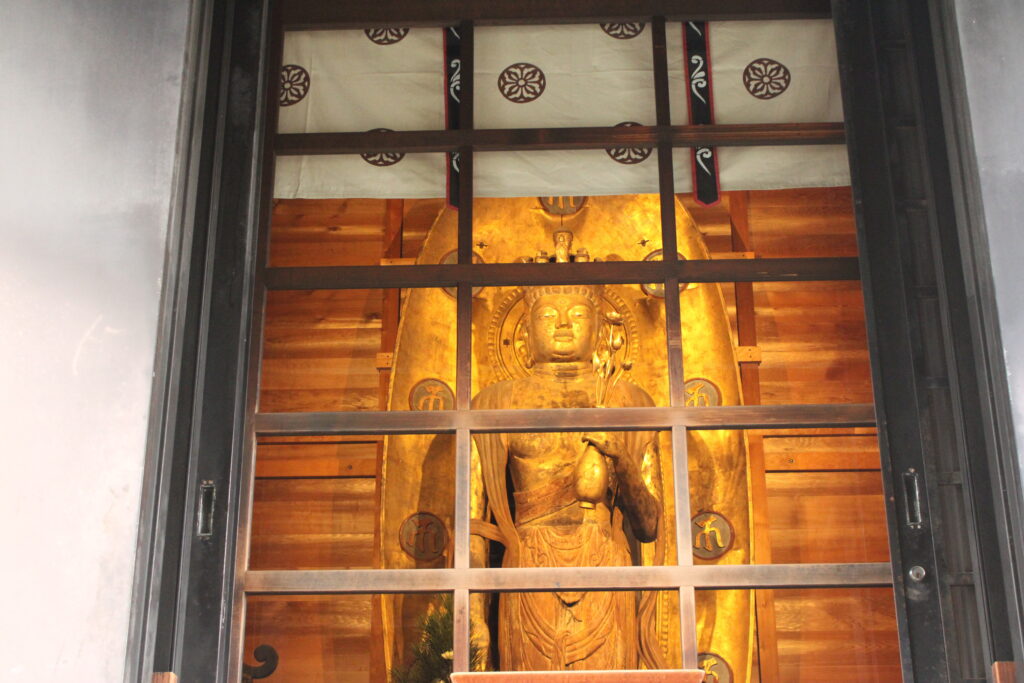
Conclusion
With that, my first day of sightseeing in Nara has come to an end.
Starting from Hōryu-ji, I walked quite a bit, visiting Chūgū-ji, Hōrin-ji, and Hōkiji. Physically, I was nearing my limit since I had just recovered from a cold not long ago, but being in Nara for the first time filled me with a strong sense of fulfillment. I truly feel that coming here was the right decision.
However, I did realize that I need to study more about Prince Shōtoku and the Asuka period. I plan to dive deeper into the history and come back with a better understanding.
On the way back, there’s a bus stop in front of Hōkiji Temple, and I was able to catch a direct bus to JR Nara Station. However, it seemed that buses didn’t run frequently, so it’s important to plan ahead. Coming from someone like me, who tends to avoid making detailed plans, that’s saying something…
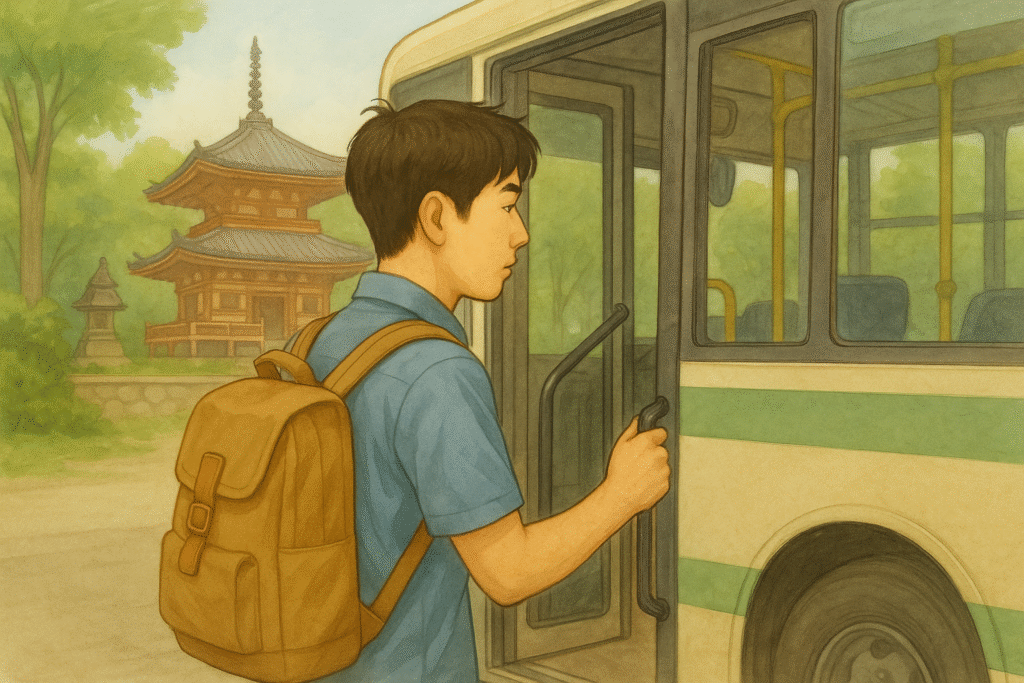
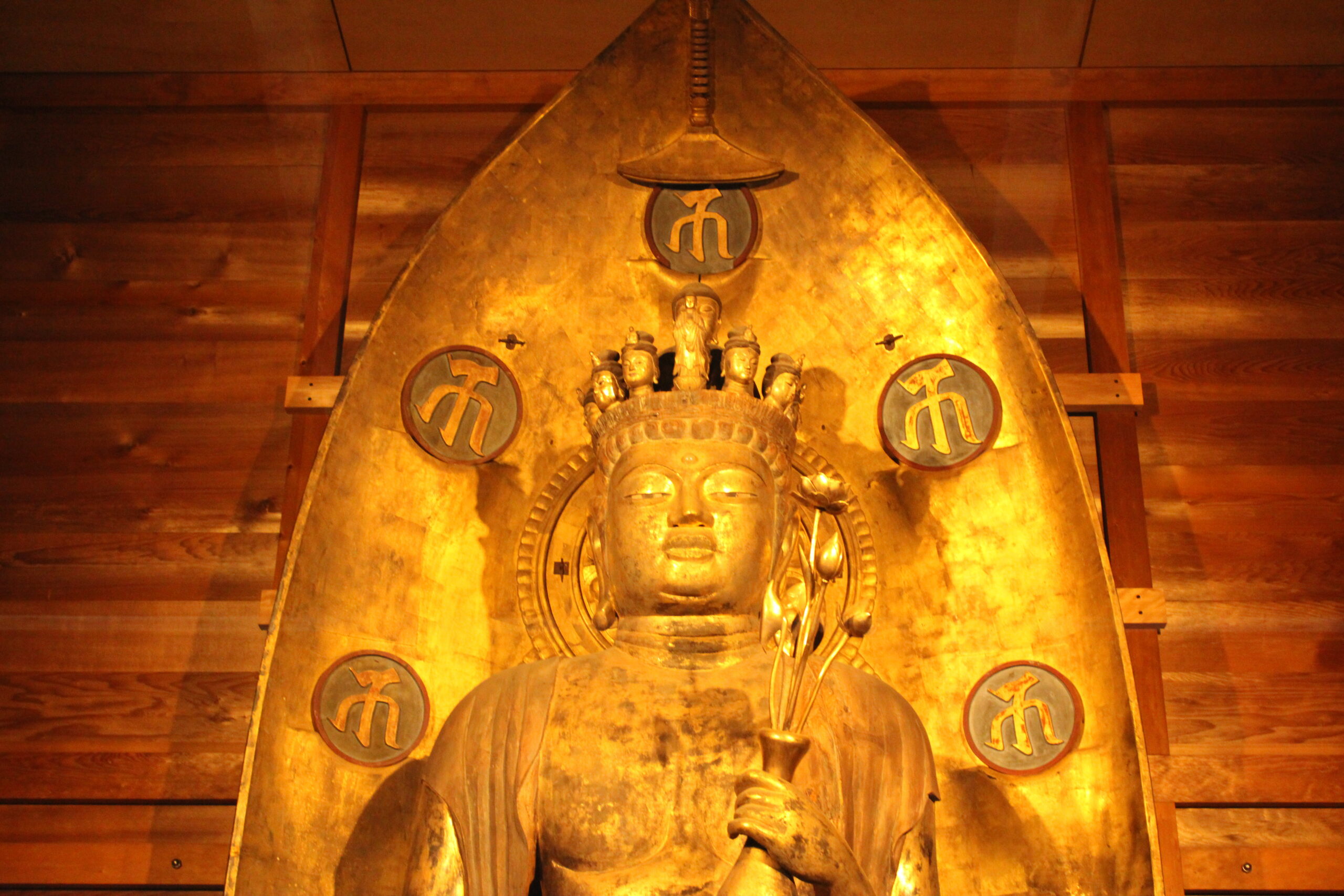


コメント